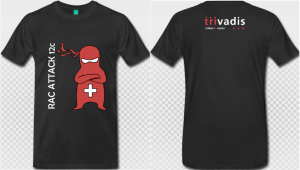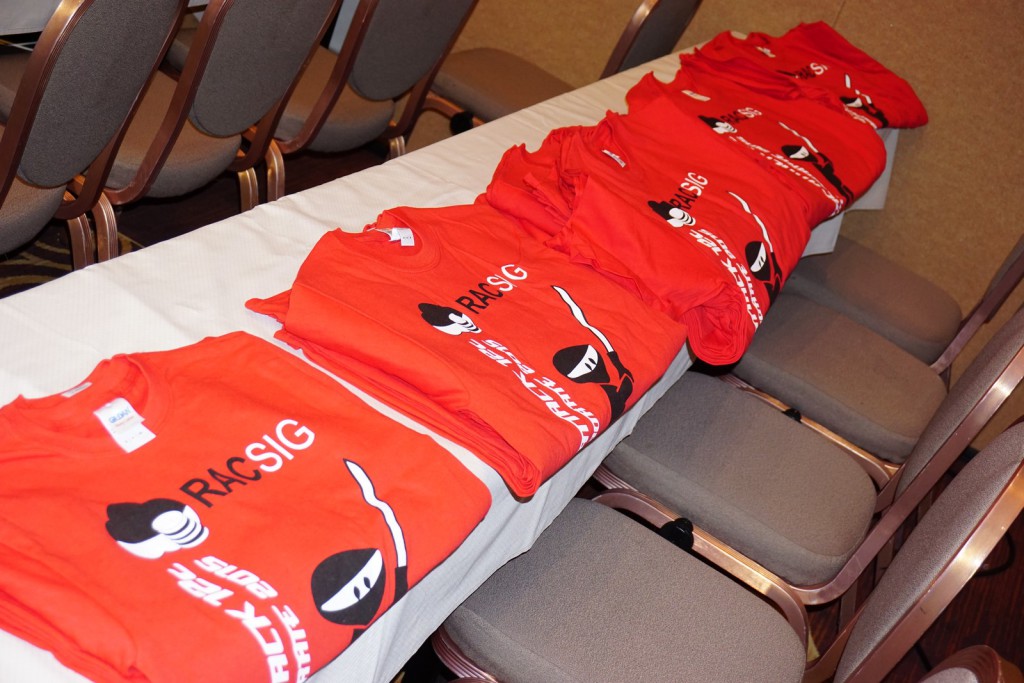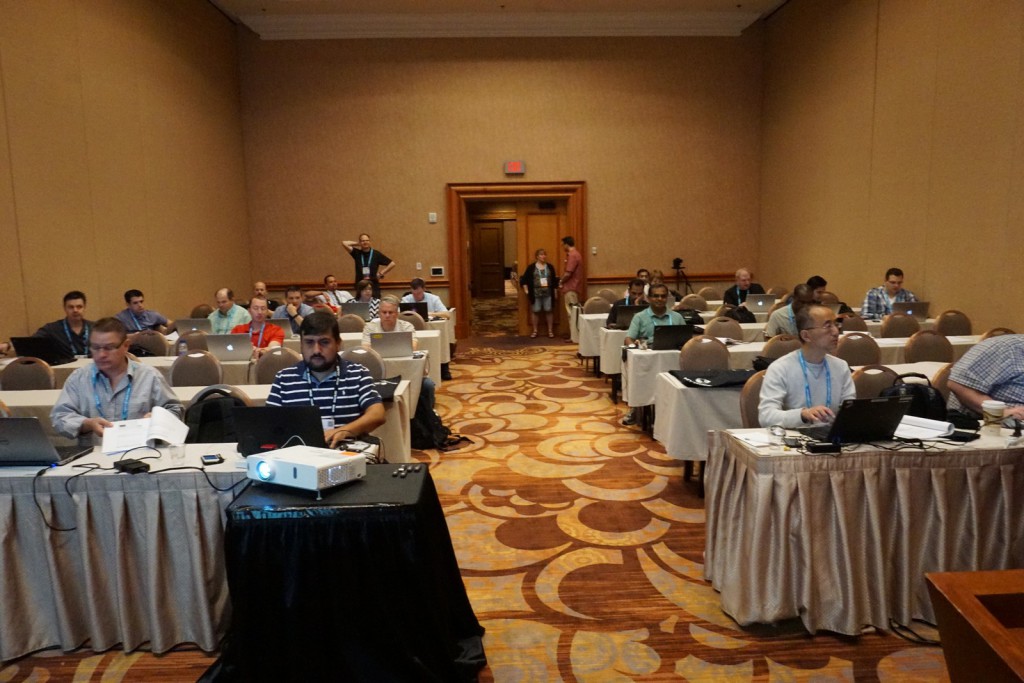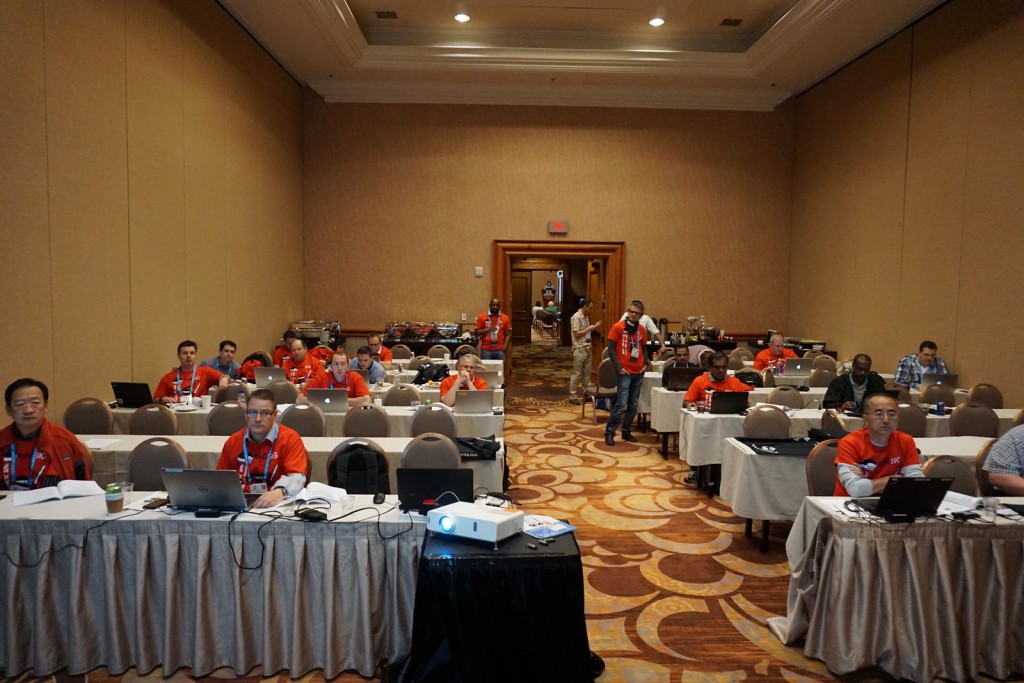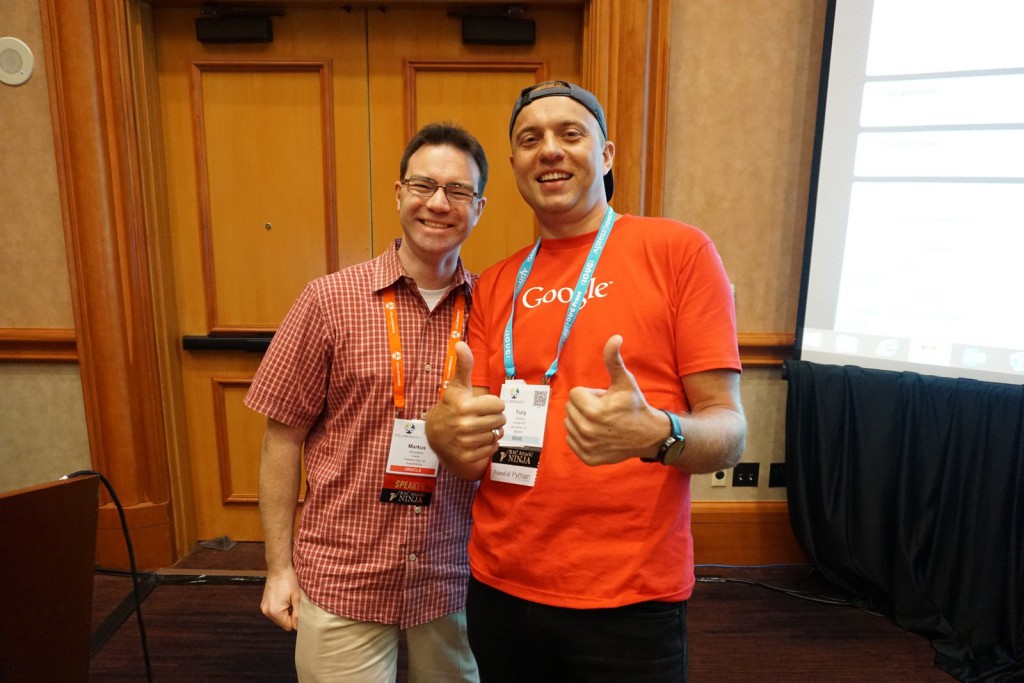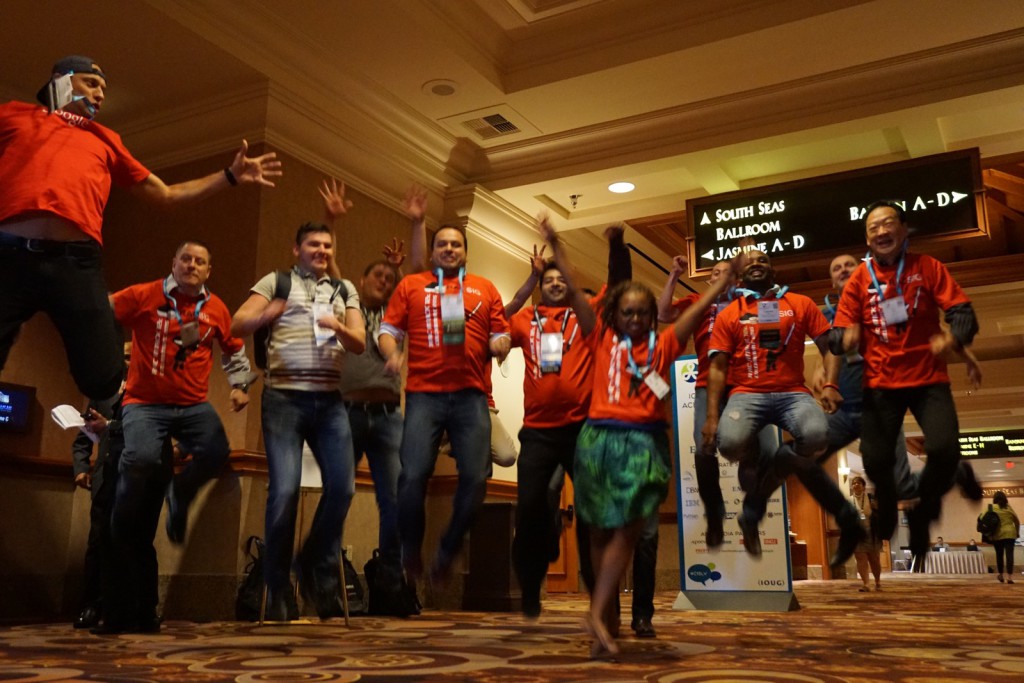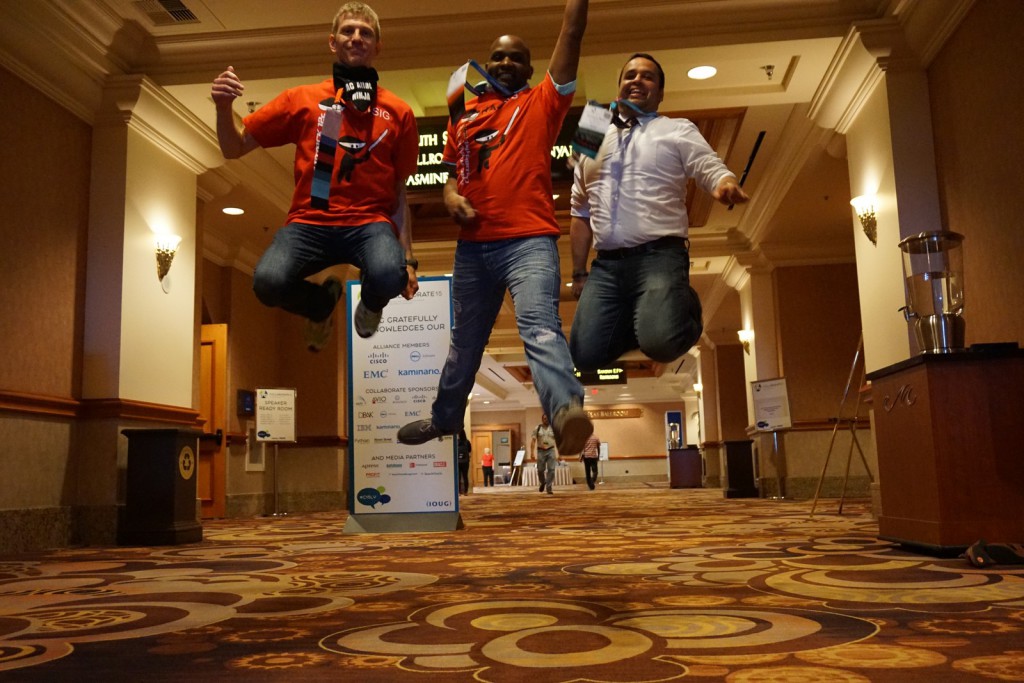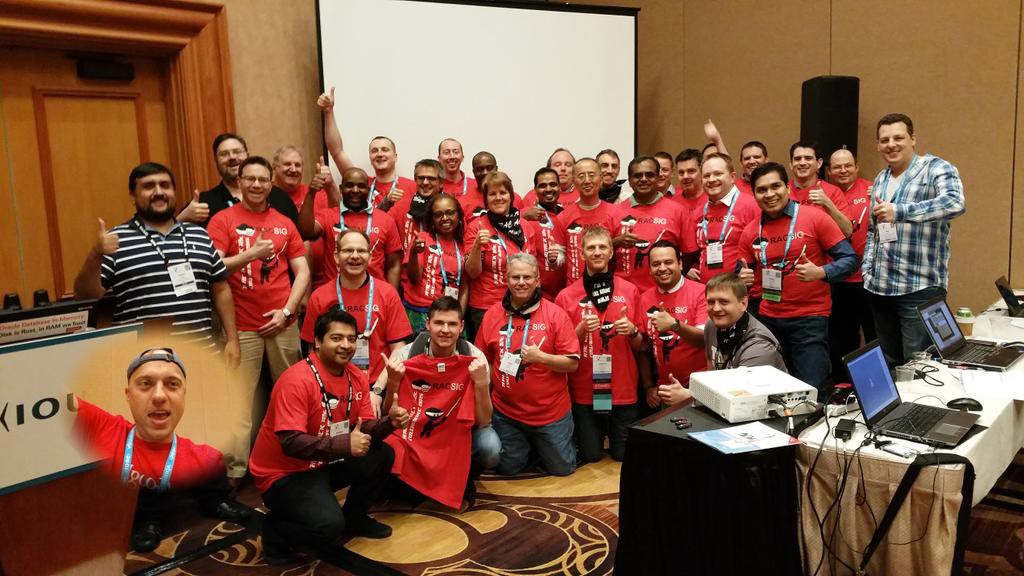---------------------------------------------------------------------------------------------------------------------
| Id | Operation | Name | Starts | E-Rows | A-Rows |
---------------------------------------------------------------------------------------------------------------------
| 0 | SELECT STATEMENT | | 1 | | 48 |
| * 1 | HASH JOIN RIGHT OUTER | | 1 | 829K| 48 |
| * 2 | TABLE ACCESS FULL | TAB_PROP | 1 | 2486K| 2486K|
| * 3 | HASH JOIN OUTER | | 1 | 539K| 48 |
|- 4 | NESTED LOOPS OUTER | | 1 | 539K| 48 |
|- 5 | STATISTICS COLLECTOR | | 1 | | 48 |
| * 6 | HASH JOIN OUTER | | 1 | 350K| 48 |
|- 7 | NESTED LOOPS OUTER | | 1 | 350K| 48 |
|- 8 | STATISTICS COLLECTOR | | 1 | | 48 |
| * 9 | HASH JOIN OUTER | | 1 | 228K| 48 |
|- 10 | NESTED LOOPS OUTER | | 1 | 228K| 48 |
|- 11 | STATISTICS COLLECTOR | | 1 | | 48 |
| * 12 | HASH JOIN OUTER | | 1 | 148K| 48 |
|- 13 | NESTED LOOPS OUTER | | 1 | 148K| 48 |
|- 14 | STATISTICS COLLECTOR | | 1 | | 48 |
| * 15 | HASH JOIN OUTER | | 1 | 96510 | 48 |
|- 16 | NESTED LOOPS OUTER | | 1 | 96510 | 48 |
|- 17 | STATISTICS COLLECTOR | | 1 | | 48 |
| * 18 | HASH JOIN OUTER | | 1 | 62771 | 48 |
|- 19 | NESTED LOOPS OUTER | | 1 | 62771 | 48 |
|- 20 | STATISTICS COLLECTOR | | 1 | | 48 |
|- * 21 | HASH JOIN OUTER | | 1 | 40827 | 48 |
| 22 | NESTED LOOPS OUTER | | 1 | 40827 | 48 |
|- 23 | STATISTICS COLLECTOR | | 1 | | 48 |
|- * 24 | HASH JOIN OUTER | | 1 | 26554 | 48 |
| 25 | NESTED LOOPS OUTER | | 1 | 26554 | 48 |
|- 26 | STATISTICS COLLECTOR | | 1 | | 48 |
|- * 27 | HASH JOIN OUTER | | 1 | 17271 | 48 |
| 28 | NESTED LOOPS OUTER | | 1 | 17271 | 48 |
|- 29 | STATISTICS COLLECTOR | | 1 | | 48 |
|- * 30 | HASH JOIN OUTER | | 1 | 11305 | 48 |
| 31 | NESTED LOOPS OUTER | | 1 | 11305 | 48 |
|- 32 | STATISTICS COLLECTOR | | 1 | | 48 |
| 33 | BATCHED TABLE ACCESS BY INDEX ROWID | TAB | 1 | 9 | 48 |
| * 34 | INDEX RANGE SCAN | FK_TAB_PROP | 1 | 9 | 48 |
| 35 | TABLE ACCESS BY INDEX ROWID | TAB_PROP | 48 | 1326 | 48 |
| * 36 | INDEX UNIQUE SCAN | PK_TAB_PROP | 48 | 1 | 48 |
|- * 37 | TABLE ACCESS FULL | TAB_PROP | 0 | 1326 | 0 |
| 38 | TABLE ACCESS BY INDEX ROWID | TAB_PROP | 48 | 2 | 48 |
| * 39 | INDEX UNIQUE SCAN | PK_TAB_PROP | 48 | 1 | 48 |
|- * 40 | TABLE ACCESS FULL | TAB_PROP | 0 | 2 | 0 |
| 41 | TABLE ACCESS BY INDEX ROWID | TAB_PROP | 48 | 2 | 48 |
| * 42 | INDEX UNIQUE SCAN | PK_TAB_PROP | 48 | 1 | 48 |
|- * 43 | TABLE ACCESS FULL | TAB_PROP | 0 | 2 | 0 |
| 44 | TABLE ACCESS BY INDEX ROWID | TAB_PROP | 48 | 2 | 48 |
| * 45 | INDEX UNIQUE SCAN | PK_TAB_PROP | 48 | 1 | 48 |
|- * 46 | TABLE ACCESS FULL | TAB_PROP | 0 | 2 | 0 |
|- 47 | TABLE ACCESS BY INDEX ROWID | TAB_PROP | 0 | 2 | 0 |
|- * 48 | INDEX UNIQUE SCAN | PK_TAB_PROP | 0 | | 0 |
| * 49 | TABLE ACCESS FULL | TAB_PROP | 1 | 2486K| 2486K|
|- 50 | TABLE ACCESS BY INDEX ROWID | TAB_PROP | 0 | 2 | 0 |
|- * 51 | INDEX UNIQUE SCAN | PK_TAB_PROP | 0 | | 0 |
| * 52 | TABLE ACCESS FULL | TAB_PROP | 1 | 2486K| 2486K|
|- 53 | TABLE ACCESS BY INDEX ROWID | TAB_PROP | 0 | 2 | 0 |
|- * 54 | INDEX UNIQUE SCAN | PK_TAB_PROP | 0 | | 0 |
| * 55 | TABLE ACCESS FULL | TAB_PROP | 1 | 2486K| 2486K|
|- 56 | TABLE ACCESS BY INDEX ROWID | TAB_PROP | 0 | 2 | 0 |
|- * 57 | INDEX UNIQUE SCAN | PK_TAB_PROP | 0 | | 0 |
| * 58 | TABLE ACCESS FULL | TAB_PROP | 1 | 2486K| 2486K|
|- 59 | TABLE ACCESS BY INDEX ROWID | TAB_PROP | 0 | 2 | 0 |
|- * 60 | INDEX UNIQUE SCAN | PK_TAB_PROP | 0 | | 0 |
| * 61 | TABLE ACCESS FULL | TAB_PROP | 1 | 2486K| 2486K|
|- 62 | TABLE ACCESS BY INDEX ROWID | TAB_PROP | 0 | 2 | 0 |
|- * 63 | INDEX UNIQUE SCAN | PK_TAB_PROP | 0 | | 0 |
| * 64 | TABLE ACCESS FULL | TAB_PROP | 1 | 2486K| 2486K|
---------------------------------------------------------------------------------------------------------------------
Predicate Information (identified by operation id):
---------------------------------------------------
1 - access("LI"."TAB_PROP_ID"="V"."TAB_PROP_ID")
2 - filter("V"."PROP_ID"=84)
3 - access("LI"."TAB_PROP_ID"="V"."TAB_PROP_ID")
6 - access("LI"."TAB_PROP_ID"="V"."TAB_PROP_ID")
9 - access("LI"."TAB_PROP_ID"="V"."TAB_PROP_ID")
12 - access("LI"."TAB_PROP_ID"="V"."TAB_PROP_ID")
15 - access("LI"."TAB_PROP_ID"="V"."TAB_PROP_ID")
18 - access("LI"."TAB_PROP_ID"="V"."TAB_PROP_ID")
21 - access("LI"."TAB_PROP_ID"="V"."TAB_PROP_ID")
24 - access("LI"."TAB_PROP_ID"="V"."TAB_PROP_ID")
27 - access("LI"."TAB_PROP_ID"="V"."TAB_PROP_ID")
30 - access("LI"."TAB_PROP_ID"="V"."TAB_PROP_ID")
34 - access("LI"."TAB_ID"=842300)
36 - access("LI"."TAB_PROP_ID"="V"."TAB_PROP_ID" AND "V"."PROP_ID"=94)
37 - filter("V"."PROP_ID"=94)
39 - access("LI"."TAB_PROP_ID"="V"."TAB_PROP_ID" AND "V"."PROP_ID"=89)
40 - filter("V"."PROP_ID"=89)
42 - access("LI"."TAB_PROP_ID"="V"."TAB_PROP_ID" AND "V"."PROP_ID"=93)
43 - filter("V"."PROP_ID"=93)
45 - access("LI"."TAB_PROP_ID"="V"."TAB_PROP_ID" AND "V"."PROP_ID"=90)
46 - filter("V"."PROP_ID"=90)
48 - access("LI"."TAB_PROP_ID"="V"."TAB_PROP_ID" AND "V"."PROP_ID"=79)
49 - filter("V"."PROP_ID"=79)
51 - access("LI"."TAB_PROP_ID"="V"."TAB_PROP_ID" AND "V"."PROP_ID"=81)
52 - filter("V"."PROP_ID"=81)
54 - access("LI"."TAB_PROP_ID"="V"."TAB_PROP_ID" AND "V"."PROP_ID"=96)
55 - filter("V"."PROP_ID"=96)
57 - access("LI"."TAB_PROP_ID"="V"."TAB_PROP_ID" AND "V"."PROP_ID"=95)
58 - filter("V"."PROP_ID"=95)
60 - access("LI"."TAB_PROP_ID"="V"."TAB_PROP_ID" AND "V"."PROP_ID"=88)
61 - filter("V"."PROP_ID"=88)
63 - access("LI"."TAB_PROP_ID"="V"."TAB_PROP_ID" AND "V"."PROP_ID"=82)
64 - filter("V"."PROP_ID"=82)
Note
-----
- dynamic statistics used: dynamic sampling (level=2)
- this is an adaptive plan (rows marked '-' are inactive)
- 1 Sql Plan Directive used for this statement
 On MOS there are a few notes about the error: ORA-00604: error occurred at recursive SQL level 1 ORA-01882: timezone region not found, the most relevant being Doc ID 1513536.1 and Doc ID 1934470.1.
On MOS there are a few notes about the error: ORA-00604: error occurred at recursive SQL level 1 ORA-01882: timezone region not found, the most relevant being Doc ID 1513536.1 and Doc ID 1934470.1.

